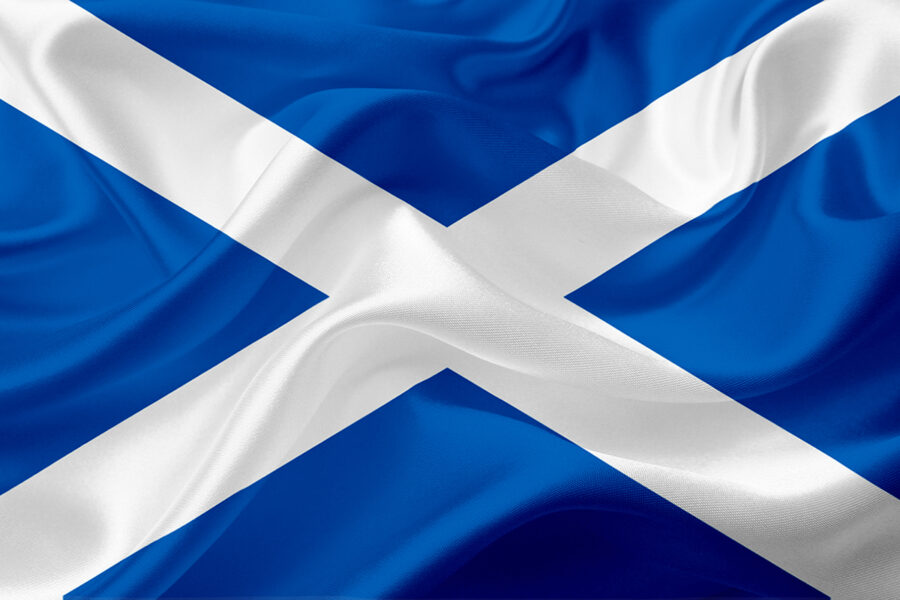£2m extra quota for Scots shellfishermen
Chance to diversify as shellfish markets lost
Scottish inshore fishermen who usually target shellfish have been awarded extra quota to allow them to access new fishing opportunities in the North Sea and west coast of Scotland and diversify into new markets, reports Tim Oliver.
Marine Scotland said that the package is worth up to £2m, and is aimed at helping the industry during the Covid-19 crisis.
Scotland’s seafood fishing sector has been one of the hardest hit due to the collapse of the international shellfish market, causing significant challenges for families, businesses and local communities in some of the most remote rural and island communities.
This additional quota includes:
- An additional 800t of mackerel – 500t in the North Sea and 300t on the west coast
- Additional demersal quotas, including haddock, anglerfish, whiting, pollack, saithe, ling, lemon sole, and skates and rays, for the North Sea and west of Scotland.
Fisheries secretary Fergus Ewing said: “Fishing in our inshore waters for shellfish is a longstanding and lucrative part of our wider fishing industry, but the loss of markets practically overnight due to the impact of the Covid-19 pandemic has resulted in many businesses tying up their vessels.
“With continued uncertainty regarding future market access and demand, this additional £2m of potential fishing opportunities will provide scope for some vessels to diversify, and help families and businesses in our coastal communities. It also has the potential to ensure that more people in the UK get to enjoy locally and sustainably caught fish from our waters, and I hope retailers will play their part in making that happen.
“This support is in addition to the £22.5m that has already been made available by the Scottish government to the seafood industry, and which was already the largest support package in the UK.”
The additional quota applies to fishing vessels that are not members of a PO, and is not restricted by vessel length. Marine Scotland said that all non-sector vessels will be eligible, but will have different quota limits by species and area. Licence variations for June were sent out on Friday, 29 May, and are on the Marine Scotland website at: bit.ly/36UQVk6
Additional demersal quotas for the North Sea and West of Scotland include:
- North Sea (IV): haddock (120t), whiting (260t), saithe (120t), lemon sole (50t), ling (30t) and skates and rays (20t)
- West coast (VI): anglerfish (15t), pollack (25t), ling (50t) and skates and rays (25t).
Access to all these quotas will continue to be managed by catch limits, which will be adjusted on a regular basis, and under a continuation of otherwise normal management arrangements for the non-sector.
Any unused quota will be allocated later in the year to POs.
Marine Scotland said that the extra quota had come from two main sources. One was the quota exchanges between the UK government and other EU member states at the end of the 2019 quota year, which enabled more quota to be carried into 2020. The second was 500t of mackerel that would routinely be allocated to pelagic vessels in POs, which has been made available to the national non-sector pools accessible to smaller inshore vessels. There was also a ‘top-slice’ of quota for some of the stocks involved, according to an industry source.
The move was welcomed by the Clyde Fishermen’s Association (CFA). Secretary Elaine Whyte said it was ‘a welcome step in the right direction’, and would make ‘a massive difference’ to the region’s inshore fishermen, although she wanted to see the formal eligibility criteria before giving it unqualified approval.
“I would say it’s a very positive move, as long as the criteria allow most of the inshore fleet to benefit,” she told Fishing News.
“We will have a better idea when we’ve seen the formal eligibility criteria, but if it’s as open as it appears to be then I think it will be a very good thing – we’re very happy about it. I think a lot of boats will want to give it a go – it gives them an option. For example, they can switch to lining for mackerel, or switch to other fisheries depending on the region.”
She said that the export market for live shellfish had gone, and the domestic pub and restaurant market for prawns was not picking up. The emphasis now was on selling to retailers, and there had been a lot more direct selling, which the CFA was doing all it could to support.
“We’ve managed to secure some grants, and the Clyde Fishermen’s Trust has been supporting crews with hardship payments,” said Elaine Whyte.
Barrie Deas, chief executive of the NFFO, said he had not heard of any similar initiative being proposed for shellfishermen in England, but he said: “I understand the report on last autumn’s conference on the future of inshore fishing will be published soon, and I expect that the sections on how to maintain the long-term viability of the inshore fisheries will address quota allocation issues too.”
Quota group trials delayed
In March 2020, the Scottish government announced trials of new arrangements for managing quotas in Scotland. The project will run until the end of 2021, and will see the establishment of new quota management groups that will be given responsibility for allocating quotas within their group of boats (Fishing News, 19 March, ‘Scots quota trials’).
A Marine Scotland spokesperson said: “Work on the quota management group initiative has been overtaken by the Covid-19 pandemic and our support for the hard-hit fishing sector. We will be prioritising the development of this key policy area over the coming months.”








